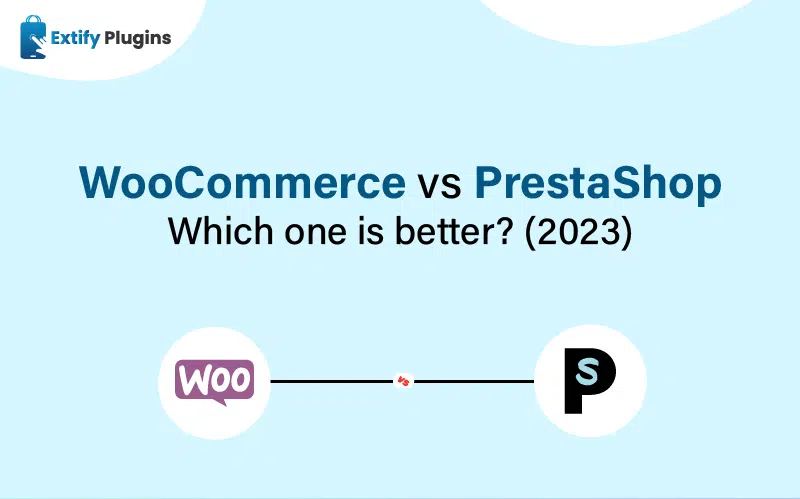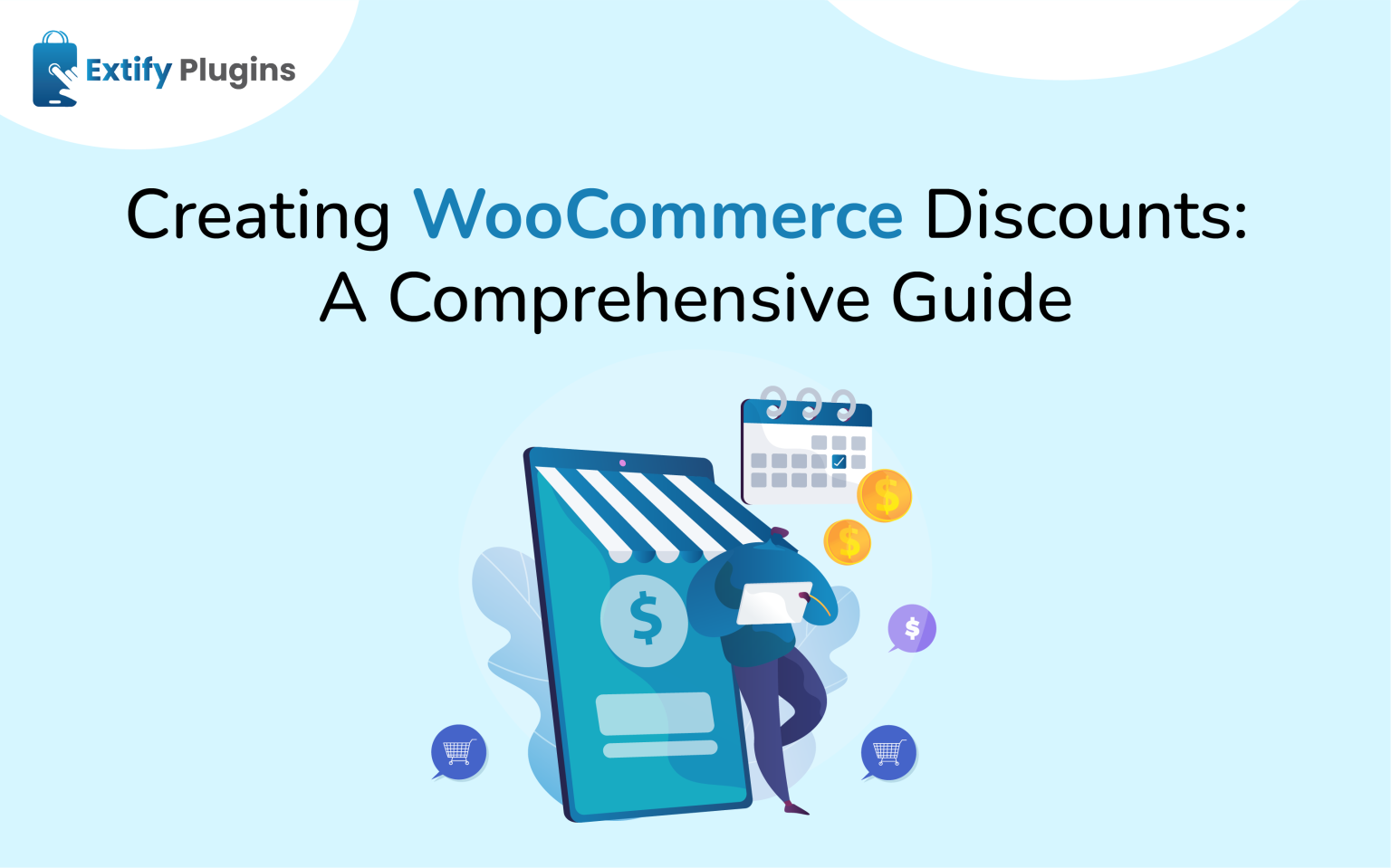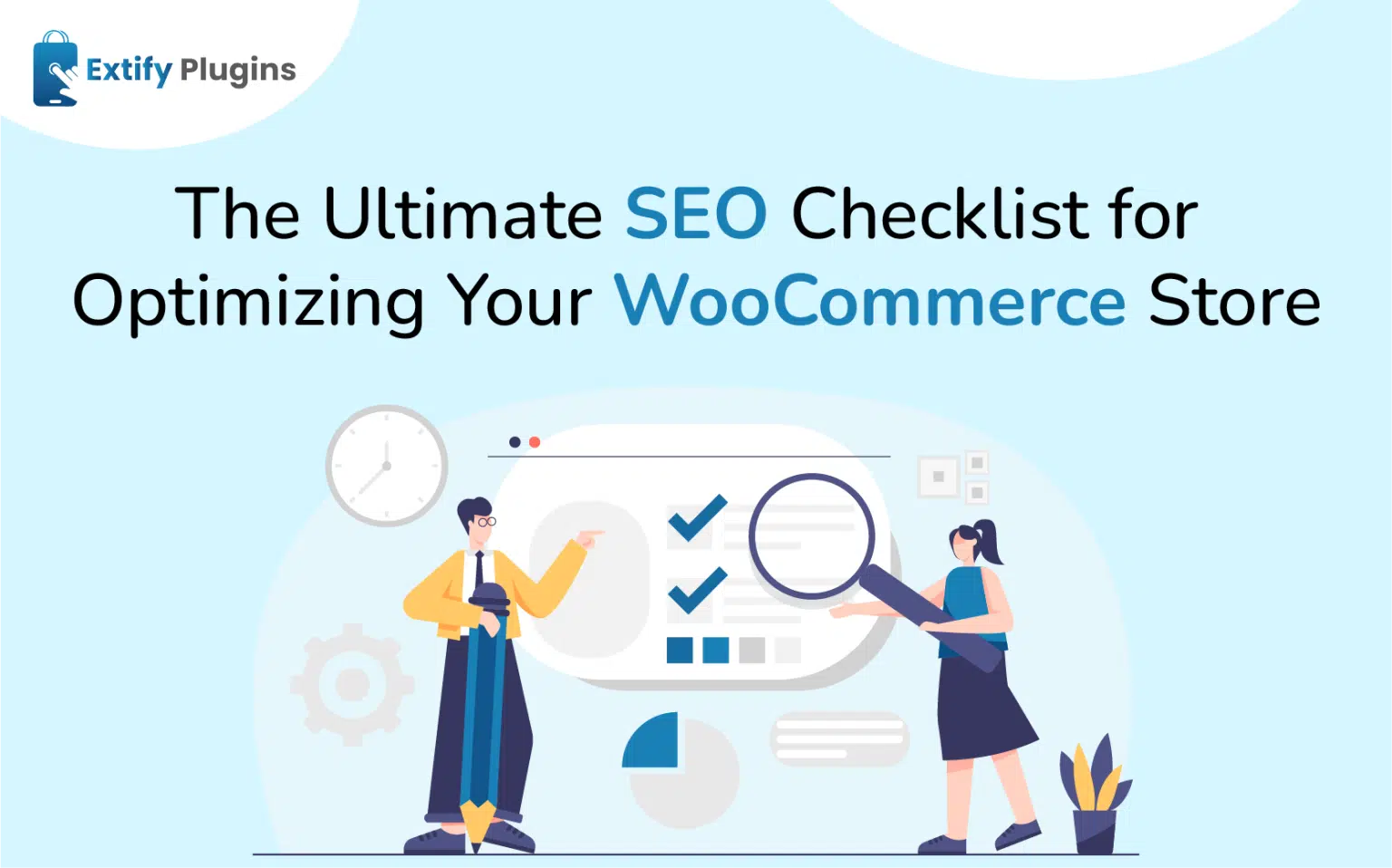WooCommerce and PrestaShop are two well-known e-commerce platforms, each with its own unique strengths and features. Although both platforms offer robust solutions for creating online stores, there are several compelling reasons why many businesses consider WooCommerce to be a superior choice.
First and foremost, WooCommerce is specifically designed as a plugin for WordPress, the most widely used content management system (CMS) globally. This integration grants businesses the advantage of harnessing the extensive ecosystem of WordPress, which encompasses a vast selection of themes and plugins. By utilizing WooCommerce, you gain access to a flexible and customizable platform that can be tailored to meet your specific requirements.
In addition, WooCommerce boasts a user-friendly interface and an intuitive setup process. Its seamless integration with WordPress simplifies navigation and store management, particularly for users who are already familiar with the WordPress environment. Conversely, PrestaShop tends to have a steeper learning curve and may demand a higher level of technical expertise for setup and administration.
Scalability is another noteworthy aspect where WooCommerce excels. As your business expands, WooCommerce can easily accommodate your growing needs. It offers an extensive range of extensions and plugins that enhance your online store’s functionality, including features such as inventory management, marketing automation, and various payment gateways. Although PrestaShop also provides similar features, the integration of WooCommerce with WordPress provides an added advantage in terms of scalability and customization options.
Moreover, WooCommerce benefits from a robust community support system. Being part of the WordPress ecosystem, it enjoys the contributions of a vast community of developers and users who continuously improve the platform. Consequently, you have access to a wealth of resources, tutorials, and forums to aid in troubleshooting and obtaining assistance when required.
Furthermore, WooCommerce seamlessly integrates with various popular third-party services, including payment gateways, shipping providers, and marketing tools. This facilitates streamlined operations and enables businesses to provide customers with a smooth and efficient shopping experience.
In conclusion, while PrestaShop is undoubtedly a robust e-commerce platform, WooCommerce’s integration with WordPress, user-friendly interface, scalability, and extensive community support make it a preferred choice for numerous businesses. Its flexibility, customization options, and seamless integration with popular services contribute to its reputation as a powerful and versatile platform for building and managing online stores.
Take a look at the Pros and Cons of PrestaShop vs WooCommerce here:
Pros of WooCommerce:
- Seamless integration with WordPress, leveraging its user-friendly interface and vast plugin ecosystem.
- High level of customization with thousands of themes and plugins available.
- Strong community and support from the WordPress user base and developer community.
- Robust content management capabilities suitable for content marketing and blogging.
- Scalability with extensions and integrations to support expanding operations.
Cons of WooCommerce:
- Additional plugins may be required for advanced functionalities, increasing complexity.
- Performance can be impacted by hosting, theme, and plugin factors, requiring optimization.
- Hosting and security responsibility falls on the user, potentially requiring technical expertise or additional expenses.
Pros of PrestaShop:
- Robust e-commerce features, including advanced inventory and product catalog management.
- Extensive marketplace with a wide range of customizable themes and modules.
- Multilingual and multicurrency support for businesses targeting international markets.
- Scalability to handle large product catalogs and high traffic volumes.
- Active community of users and developers providing support and continuous improvement.
Cons of PrestaShop:
- Technical complexity in setup and management, requiring technical expertise.
- Limited content management capabilities, not ideal for content-driven marketing strategies.
- Some themes and modules in the marketplace come with a price tag, increasing customization and maintenance costs.
It’s essential to consider specific business needs, technical capabilities, and budget when choosing between PrestaShop vs WooCommerce, as each platform has its strengths and considerations.






